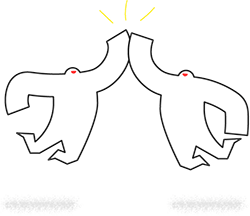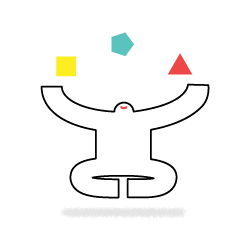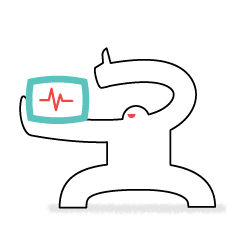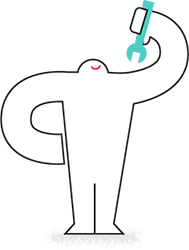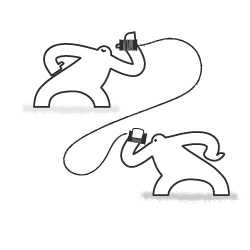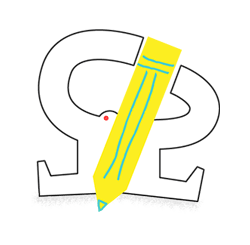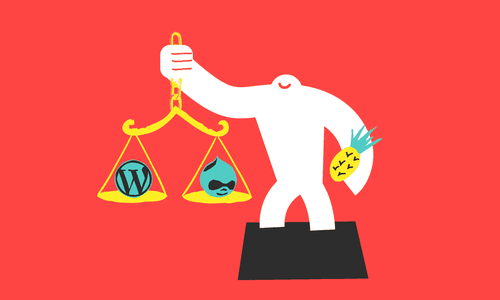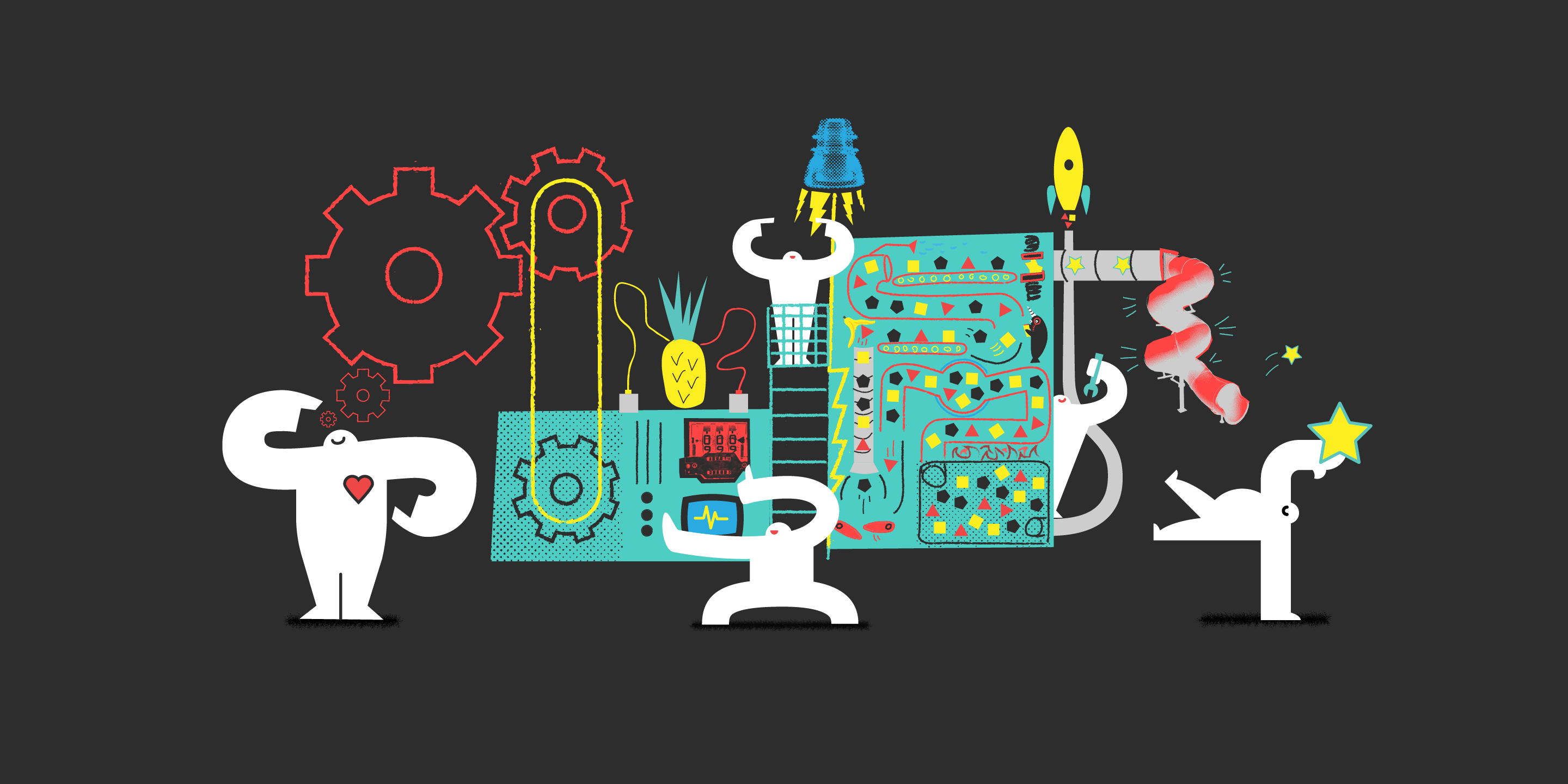
As a team that is often asked to start working to solve a problem before the problem is fully understood, we are most comfortable being brought in at the very beginning. While that’s a very exciting place to be, we’ve learned that the true value of a digital product is in how well it adapts as its markets invariably change. We believe that digital products and services need to be built with an eye on this critical future state, or else they will lose to more agile copycat competitors soon after launch.
We regularly rescue failing projects and know first-hand that how a project starts is critically important. Most projects focus on the wrong things at their outset resulting in a product that emerges brittle and difficult to change. Additionally, with feedback being sought too late in the process, the awareness that something horrible has gone wrong spreads quickly and the culture surrounding the project turns toxic. Being brought in to save someone else’s failing project is not the worst place to be, but it is a close second.
We start differently. For any new project, we seek to determine near-term event-based milestones and drive toward those, using an iterative emergent strategy, while building a system tailored to the product for innovation whereby changes are invited, welcomed, safe and easy. The first release is important, but it needs to be early and the first of many to come.
As part of our continuous efforts to improve ourselves, what we produce, and how we do our work, we’ve identified the outcomes that we know must be achieved in order to produce sustainable, innovative, solutions that stay relevant for a long time, delight customers, and win in the marketplace. Anything we produce must achieve the following outcomes.
We produce a user experience and design where:
1. Accessibility is built-in
The most efficient and effective way to make a product accessible is to include these considerations from the beginning. By taking the time to lay a solid accessibility foundation as early as possible, we reduce guesswork later and enable acceleration in the development process. While accessibility is a cross-functional expertise on each of our teams, we also have certified accessibility subject matter experts as a part of every team.
2. Customers and stakeholders are included, aligned and happy with new directions
Making the right set of changes is hard. In a complex environment, for any major change to be successful, it needs to account for what currently works and what doesn’t. Effectively unleashing these insights from customers and stakeholders alike maximizes awareness, alignment, consideration and the overall quality of any change. We have direct expertise in proven methods for facilitating effective change through the involvement of groups of any size.
3. A robust feedback loop exists and allows for frequent and easy analysis
Building feedback loops in from the beginning acknowledges that the product will need to be able to adapt to a constantly changing market in order to stay relevant. Products that stay relevant have easy feedback mechanisms that collect good information, allowing for more effective analysis, resulting in better adaptation. We have extensive experience designing and building products which inherently maintain these types of critical relationships between a product and its users.
4. A system and process exists for determining and prioritizing changes to make
A product with an effective feedback mechanism will lead to a significant number of desired changes determined to be worth doing. As part of any product design and development, a system needs to exist for processing and planning these changes so that adaptation occurs and the product stays relevant. We have experts certified in the most effective systems and processes for evaluating and planning new work and ensures these exist for the products we develop.
5. Changes are easy
We make change easy in our user experience and design work through the use of pattern and systems thinking. Not only does this produce a comfortable, consistent product experience, it allows for changes, big or small, to scale easily across a product due to the systemic nature of the design.
We produce a product developed as a system where:
6. Automated codebase test coverage is built-in
Using Test Driven Development, we write better testable code which deploys with the tests necessary to automatically confirm that each unit of code is working as originally intended. We have the expertise and understanding to know that the most effective and efficient way to catch problems is by dealing with them before they happen with tests written at the unit level as early as possible.
7. Business functionality, performance, and security is automatically tested whenever new changes are introduced
By automatically testing with every change being introduced into the system we catch regressions as early as possible, well before their release into production. Our certified engineers ensure that a system for continuous integration is adequately in place to achieve this critical level of resiliency.
8. Releasing newly completed features is possible at any time
With built-in test coverage running automatically with every change made and deployed, we can continuously ensure a system where newly completed features are safe to release. By decoupling deployments of features from their release to customers, we enable targeted releases independent of development schedules.
9. Changes are safe and welcomed
By making changes easy and safe, they can be welcomed, allowing any awareness we gain from our feedback loops to fuel our product’s improvement without fear or hesitation. We builds systems with the resiliency necessary for the product to stay relevant at any speed.
We produce a support system where:
10. Monitoring runs continuously for security, regressions, and failures
By setting up continuous monitoring, not only will we be notified the moment a failure occurs, but system health becomes readily knowable, allowing for continuous improvement from regular analysis. We have extensive experience in monitoring approaches for effective security testing and hardening, visual regression testing, and early detection of critical system failure.
11. Expertise is available and responsive for analysis and consulting
As data comes in from product feedback and monitoring systems, making sense of it is required to realize the value of these systems. We have certified expertise in analyzing both technical and subjective feedback for meaning and action. Additionally, we crave this information as it often provides critical validation, or the pivoting insight, necessary for the long-term success of the product.
12. Strategies are reviewed with an eye toward innovation
Adapting a product based on feedback alone is not enough to stay competitive in the marketplace. Products in a system with an eye toward innovation will employ a strategy of safe experimentation in a cadence of iteration which maximizes the learning necessary for driving innovation. We have extensive experience and certified expertise in adapting product strategy and process to drive innovation.
13. Changes are invited
When change is easy, safe, and welcomed, the awareness from monitoring, feedback, and new feature planning invites participation of the entire system, including customers and stakeholders, to seek continuous product improvement. Success for us is to achieve the full implementation of such a system and participate in sustaining it indefinitely, adapting as needs change.
Conclusion
The superstitious among us might note that 13 outcomes is bad luck and maybe we should add, or remove, one just to be safe. While these are subject to change as needed to adapt to our rapidly changing industry, we can make the case anyway that this set of thirteen, when done consistently, will result in a system so resilient that bad luck doesn’t matter anymore.


